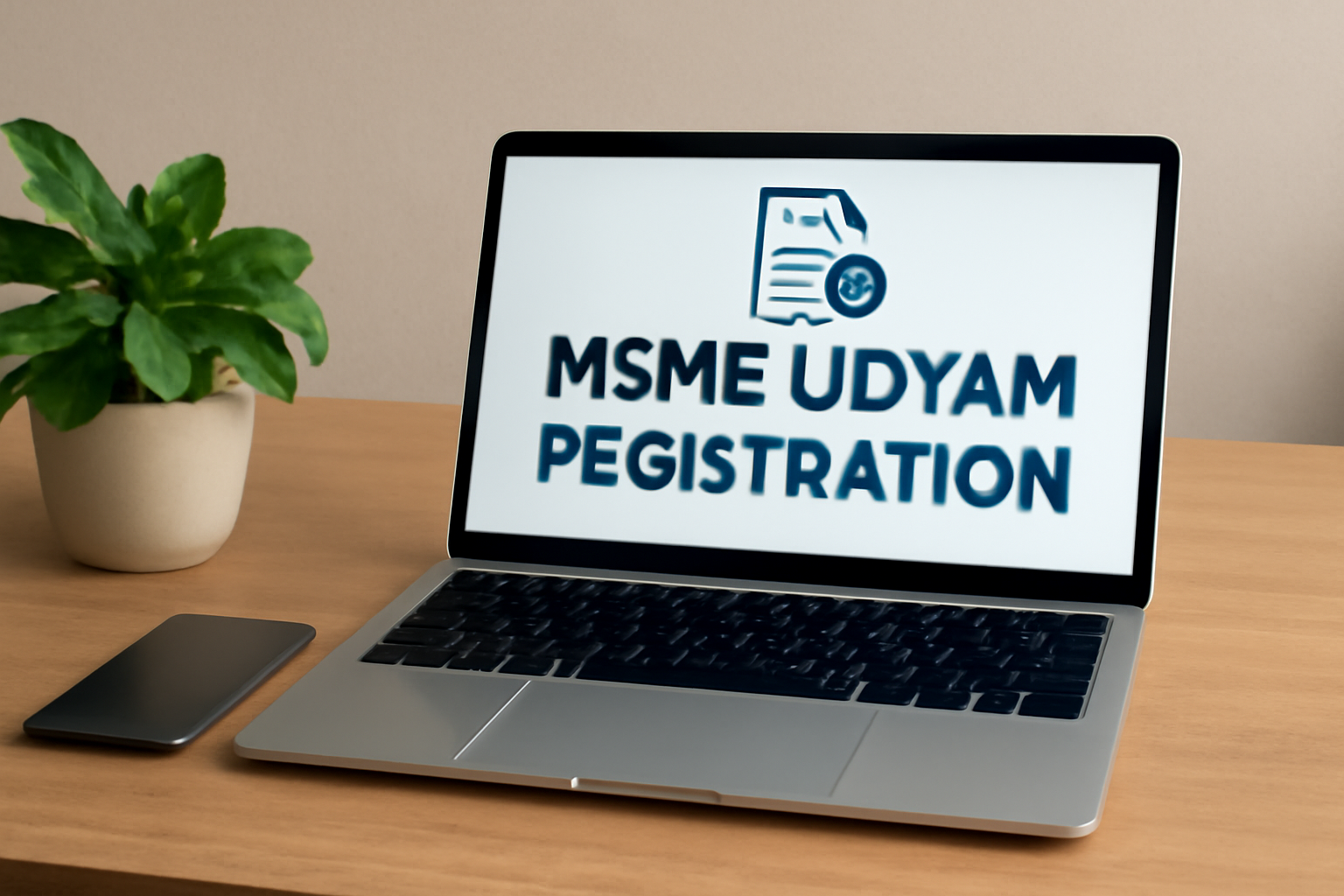Filing your Income Tax Return (ITR) is a critical responsibility for every taxpayer. For FY 2024-25 (Assessment Year 2025-26), the Income Tax Department has simplified online filing while also introducing a few updates in ITR forms. Whether you are a salaried individual, a business owner, or a freelancer, understanding the process ensures compliance and helps you avoid penalties.
This guide walks you through the step-by-step ITR filing process, explains the latest changes, and highlights common mistakes to avoid.
Step 1: Collect All Required Documents
Before you start, keep these documents ready:
- Form 16 (from your employer, if salaried)
- Form 26AS (tax credit statement)
- Annual Information Statement (AIS) & Taxpayer Information Summary (TIS)
- Bank account details
- Investment proofs (LIC, ELSS, PPF, etc.)
- Details of capital gains (if any, from shares, mutual funds, property sales)
- Other income proofs (rent, interest income, freelance earnings)
Having all information in place avoids errors during filing.
Step 2: Choose the Correct ITR Form
For FY 2024-25, the Income Tax Department has released updated ITR forms. Choosing the right form is crucial:
- ITR-1 (Sahaj): For salaried individuals with income up to ₹50 lakh (excluding capital gains and multiple properties).
- ITR-2: For individuals/HUFs with income from salary, multiple properties, capital gains, or foreign assets.
- ITR-3: For individuals with income from business/profession.
- ITR-4 (Sugam): For presumptive taxation scheme (small businesses/professionals with income up to ₹50 lakh).
👉 Latest Update: The government has simplified ITR-1 and ITR-4 with pre-filled data from AIS and Form 26AS to minimize manual entry.
Step 3: Log in to the Income Tax e-Filing Portal
- Visit https://www.incometax.gov.in.
- Log in using your PAN (as User ID) and password.
- If you are a new user, register with your PAN details.
Step 4: Select ‘File Income Tax Return’
- Go to the e-File section → Income Tax Returns → File Income Tax Return.
- Choose Assessment Year 2025-26.
- Select the filing type: Individual / HUF / Others.
- Opt for Online mode for a step-by-step guided process.
Step 5: Fill in Your Details
The system will auto-populate some fields using data from Form 26AS and AIS. Cross-check and update wherever needed:
- Personal information – PAN, Aadhaar, bank details.
- Income details – Salary, business, capital gains, interest.
- Deductions claimed – Section 80C, 80D, 80G, etc.
- Tax paid – TDS, advance tax, self-assessment tax.
Step 6: Verify Tax Computation
Once details are filled, the system calculates your total taxable income and tax liability/refund. Review carefully before submission.
Step 7: Submit and e-Verify
- Click Preview & Submit.
- After submission, e-verify your return using any of these:
- Aadhaar OTP
- Net banking
- Demat account
- Digital Signature Certificate (DSC)
- EVC through bank account/ATM
Your ITR is considered filed only after e-verification.
Common Mistakes to Avoid
- Using the wrong ITR form – leads to rejection of the return.
- Mismatch in AIS/TIS and self-declared income – cross-check before filing.
- Not reporting all bank accounts – it is mandatory to declare all active accounts.
- Skipping small incomes – such as savings interest or freelance payments.
- Forgetting e-verification – your ITR will remain invalid until verified.
- Incorrect deduction claims – ensure proofs match claims under 80C/80D/80G.
Key Takeaways for FY 2024-25
- Pre-filled ITRs make the process faster but still require careful checking.
- AIS/TIS integration ensures all income sources are captured – review thoroughly.
- File before the due date (July 31, 2025) to avoid penalties.
Final Thoughts
Filing your ITR online is now more streamlined than ever, but accuracy is critical. Take time to collect documents, choose the correct form, and verify all data against your AIS and Form 26AS. If your case involves complex income like foreign assets or capital gains, consider consulting a tax professional.
Timely and correct filing not only keeps you compliant but also makes refund processing quicker.



